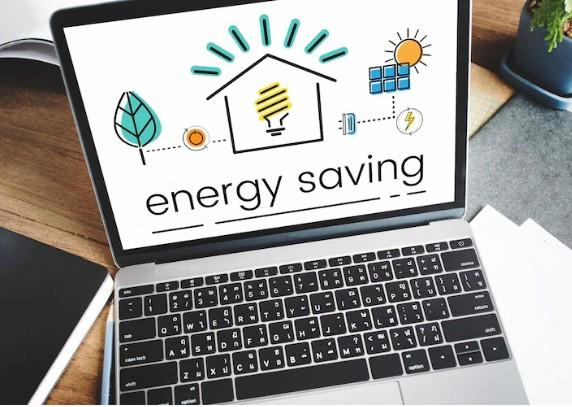Introduction
● Solar asset management encompasses all the activities necessary to maintain and maximize the performance of an organization’s solar energy assets.

● This includes optimizing the operation, monitoring, and maintenance of solar panels and other equipment.
● This guide will provide an overview of key asset management strategies, from assessing facility conditions to setting up a maintenance plan to evaluating performance data. Along with discussing best practices for efficient energy production and storage, this guide will detail how to ensure that your organization is getting the most out of its solar assets.
Benefits of a Solar Asset Management
● Solar Asset Management (SAM) is a powerful asset management system that can help increase the efficiency, productivity and profitability of solar projects.
● SAM’s step-by-step approach enables transparent analysis of data and its impact on total project performance. With the use of SAM’s features, it’s easier to track performance metrics such as generation, cost savings, net present value (NPV), and more.

● By enabling organizations to have better insights into their solar energy projects, this asset management system ensures that there are fewer losses across the board. Additionally, SAM enables teams to improve maintenance activities for all components of their solar energy systems to ensure long-term project

Solar Asset Management specifications and requirements

● Solar Asset Management is an important component of the energy industry. It entails managing and monitoring the performance of solar installations to maximise efficiency and profitability.
● Solar Asset Managers must be knowledgeable about solar installation technical specifications and requirements, as well as the various regulations that govern their operation. apollo Energy Analytics Solar Asset Management also helps to identify potential issues and opportunities for improvement in order to maximize the return on investment from solar energy projects. This includes monitoring system performance, maintenance scheduling, financial analysis, and data analysis.
Conclusion

● The solar energy industry relies heavily on solar asset management. It contributes to the efficiency and profitability of solar energy systems by monitoring performance, tracking maintenance, and predicting potential issues.
● Solar Asset Management also aids in lowering operational costs and improving the dependability of solar energy systems. It enables organisations to make informed decisions about their solar energy investments by leveraging data-driven insights.
● The use of Solar Asset Management has become increasingly important in recent years as more organizations look for ways to maximize their return on investment in solar energy projects. With its ability to provide real-time insights into system performance, Solar Asset Management can help ensure that solar energy systems are running at peak efficiency and profitability.
